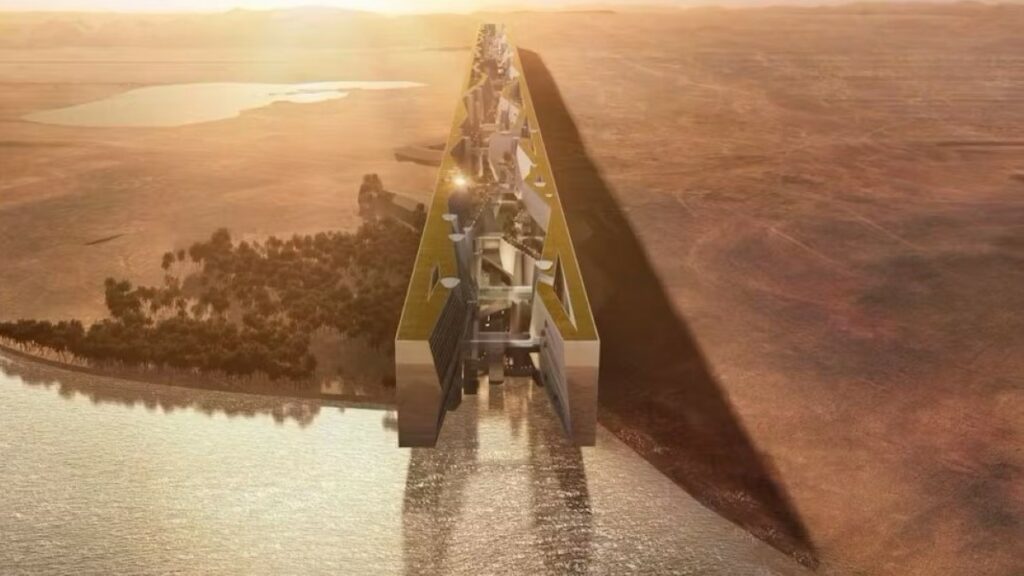The Smart City was a red herring

Cities of the Future are reaping the benefits of exponential innovation
- Dateline
- 8 March 2038
In the early 2020s, Smart City was the darling buzzword of progressive urban planners. Catch phrases like “We are transforming into a Smart City!” and similar echoed across the globe and money poured into IT systems, dazzling concept presentations, and study tours to shining examples like Singapore and London. The aim of the game was connectivity, Internet of Things, digitization, and ‘smart everything’.
All was set-up for a revolution in how a city works, how it’s managed, and the efficiency and transparency of government were held up as beacons… and that’s where it all stumbled, in some cases even ground to a total standstill. Many countries who touted smart cities weren’t that interested in being transparent about how funds got distributed, and data privacy laws that had been imposed on corporates, now backfired on themselves. Citizens wouldn’t accept that the government had access to and shared their private data. When they realized to what extent their personal data were being collected, like when and where they went after work, how fast they drove, and how many times they flushed the toilet, they rebelled.
But further afield, in the rich oil economies of the Middle East, a new city concept started to take form. These cities’ design was based on interconnected smart systems, resulting in high-tech, mixed-use buildings powered by green energy. Designing from scratch rather than rejigging a medieval city, minimized the personal and private data points needed, and people could focus on enjoying a fulfilling life in spaces designed for humans and business, and not for cars and bureaucracy.
Saudi Arabia, with its flagship futuristic concept NEOM, started with four cities. The 170km long The Line, the island city of Sindalah, the mountain hideaway Trojena, and the industrial port city of Oxagon all pushed the technical envelope way into the future. And now, 17 years later, Saudi Arabia is reaping the fruits of their investments. The cities are amazing, true objects of art, and attract visitors and residents from all over the world.
But the real gain is in the cities’ technological spin-offs. His Excellency Prince Dr. Mustafa Abdullah, the current CEO of NEOM, likens it to how America’s space program in the 1960s fed a revolution of cutting-edge tech advancements in computers, materials, and astrophysics. Saudi Arabia is now the worldwide authority and hub for innovative future city design, technology, mobility, and energy systems.
Image credit: NEOM
Links to related stories
Warning: Hazardous thinking at work
Despite appearances to the contrary, Futureworld cannot and does not predict the future. Our Mindbullets scenarios are fictitious and designed purely to explore possible futures, challenge and stimulate strategic thinking. Use these at your own risk. Any reference to actual people, entities or events is entirely allegorical. Copyright Futureworld International Limited. Reproduction or distribution permitted only with recognition of Copyright and the inclusion of this disclaimer.